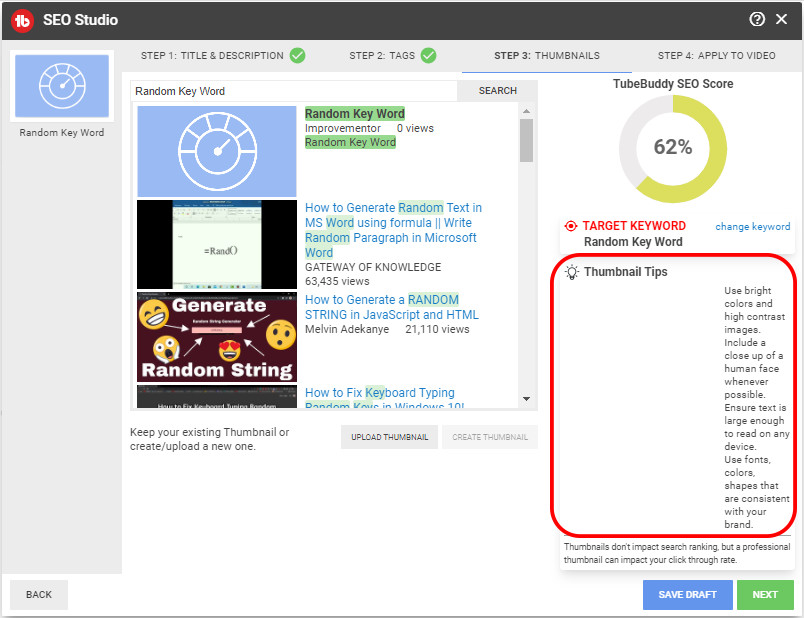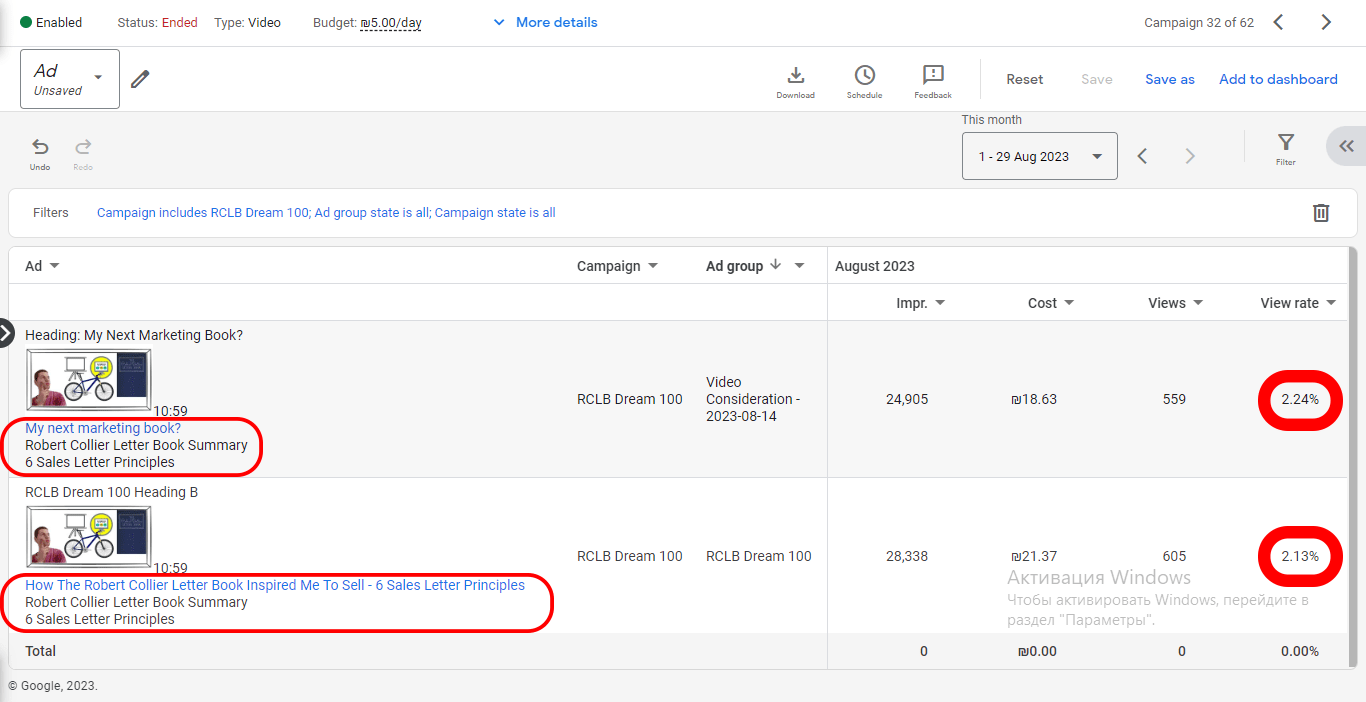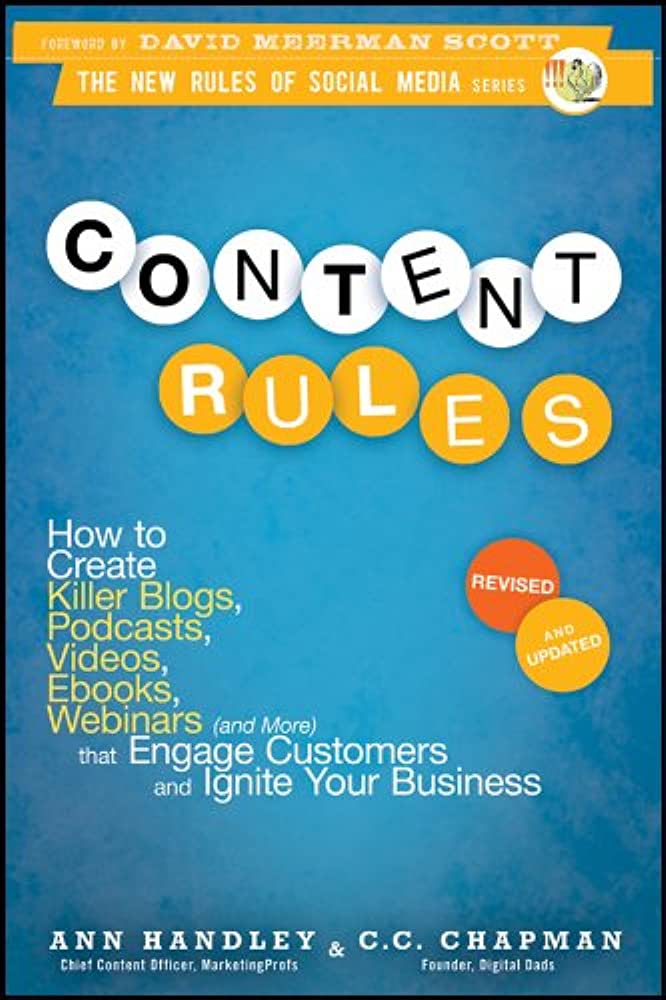4 Tested Advertising Methods that may help you make your content attractive.
-Taken from the fifth edition of Tested Advertising Methods by John Caples (Revised by Fred E. Hahn – 1998)

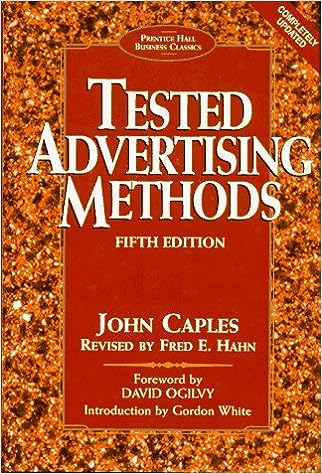
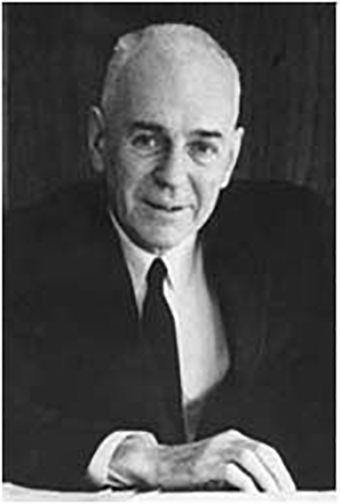
METHOD 1: Use These Five Rules for Writing Headlines
Remember, if you create a good headline, your task is more than half completed. It will be relatively easy matter to write the copy. On the other hand, if you use a poor headline, it doesn't matter how hard you labor over your copy because your copy will not be read.
The following five rules for writing attractive headlines were arrived at as a result of the analysis of 10 successful headlines and 10 that failed:
A. First and Foremost, Include Self-Interest
Make your headline suggest that here’s something the reader will want. It may seem obvious, but it is very often violated by writers nonetheless.
Self-Interest was included in every one of the 10 successful headlines, making it the most important appeal.
We should use it EVERY SINGLE TIME.
Book example: Wanted – Your Services As A High-Paid Real Estate Specialist
B. Emphasize News If You Have Them
Next in importance after Self-Interest is News.
If you have a new product or a new way to use an old product, make sure you express that in the headline in a big way, using words like – Announcing, new, now, etc.
Book Example: ANNOUNCING – A New Course And Service For Men And Women Who Want To Be Independent In The Next Five Years.
C. Avoid Curiosity Alone
Curiosity combined with self-interest or news is an excellent addition to a headline.
But when used alone, almost never enough.
Book Example: What’s Wrong In This Picture?
[Illustration]: A man escorted by two women. The man is shown walking in between the two women.
D. Avoid the Negative and Gloomy
7 out of 10 of the failing headlines spoke about the negative and gloomy. Take the cheerful, positive angle.
Book Example (To avoid):
Is Worry Robbing You of The Good Things in Life?
[Life Insurance]
E. Suggest Quick and Easy
Try to convey that here’s a quick and easy way to get something the reader wants.
Make sure it’s not emphasized so much that it’s not believable. One method to do that is by including concrete numbers. (Give me 5 days… $35,480 in two years…)
Book Example: How I Improved My Memory In One Evening
Real-Life Headline Example
For Example, the headline for this post contains self-interest and curiosity. Content Creator, Use These 5 Tested Advertising Methods
It clearly offers 5 advertising methods for the content creator which is self-interest, and with the word “these”, it suggests that by reading the post, the content creator will find out what those methods are which is curiosity.
TASK 1: Headline Exercise
METHOD 2: Two Techniques For Facing A Blank Page
The start of your copy will largely decide if the reader stays. At this critical point, your brain is still “cold”.
Here are two solutions to deal with these two things.
1. Remove filters
Start writing ANYTHING your mind comes up with, with the realization that you’ll erase a lot of it later.
"I don't like to write. But I do like to edit copy and I'm exceptionally good at that, so I write fast and get my thoughts down on paper or on the screen. After that, the job is merely editing."
2. Remove Filters By Starting In The Middle
To avoid the anxiety of the significance of the opening, don’t try to have a logical order to your writing. Just start with whatever you have in mind – In the middle.
Then you may choose one paragraph to serve as the opening.
For example, this post was about 3 times longer than it is now when I first wrote it 🙂
TASK 2: Write Without Removing or Editing.
In your next post, write whatever comes to mind within a pre-set boundary of time/wordcount etc. and don’t delete anything for a while. (Even if the limit you set runs out, you may continue writing if you feel it’s not enough yet)
After having a lot more text than you need, only then begin editing.
METHOD 3: Use These 3 Effective Image Types
The following 3 image types were found to be effective in 1998.
I believe they still are in 2023.
1. People Heads
This is a close-up of a human face. You may zoom out or in on it, in relation to the space you have.
Proof from the book: In Hahn’s days, he noticed that sales ads with a people head illustration were often repeated, indicating that they sold enough to be profitable.
Real-time proof: Today, we may use TubeBuddy’s suggestion ( A YouTube software ) in its SEO studio interface to “include a close up of a human face” as proof of it’s effectiveness.
For example, almost every thumbnail I use Includes a human face of the book author/myself.
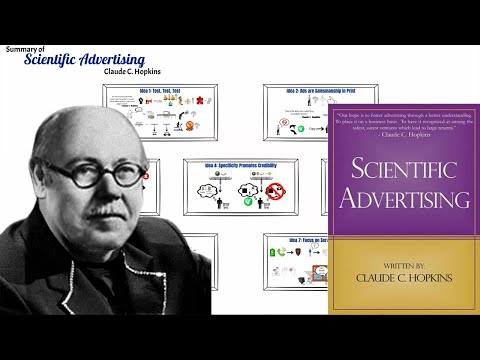


2. Photographs
“It is usually better to use a photograph of the subject instead of a drawing. For believability, there is nothing as effective as a photograph” says Hahn.
Book Example: When Hahn was looking for airplane luggage, he always preferred ads with photographs, rather than idealized illustrations, because he knew there would be no surprises there.
Real-Life Example: Since today some of us also create animation videos (Hello!) a truthful image may include a screenshot from the video.

For this blog post for example, since it is not selling a product, I Interpret it as the author and book photos, as a representation of what this post really contains (Advice from the book and authors)



3. Any of The Following Subjects
On top of the photographs and people heads, the following subjects are most likely to attract/retain the attention of the average reader (Concluded the combined result of more than 100 reader surveys according to Hahn):
Pictures of:
-Brides
-Babies
-Animals
-Famous people
-People in odd costumes, such as might be worn at a masquerade
-People in odd situations, such as a man wearing an eye patch
-Pictures that tell a story, such as a little girl trying on her mother’s hat
-Romance, such as a man carrying a girl across a rushing brook
-Catastrophe, such as car accidents
-News, such as the launching of a space vehicle
-Something timely, such as Santa Claus at Christmas time and Abraham Lincoln on Lincoln’s birthday.
For example, in the last video’s thumbnail I’m telling a story with the following elements:
1. Three images representing my sales attempts
2. Myself looking at them
3. A book cover, which shows that this happened as a result of reading the book.
4. All that on a background of a whiteboard, which tells that this video is in whiteboard format.

TASK 3: Make An Attractive Illustration
In your next content piece use 1 or more of the above 3 tested image principles.
METHOD 4: Use These 3 Testing Methods
5. 3 Testing Methods To Increase Content Appeal
1. Split Run/ A/B Test
In this test, two identical ads are made except for one variable.
Then you may compare the ads. The winning ad will also have the winning variable.
For example, one instance where I use A/B tests is when advertising in Google ads.
Every ad that I run, I make two identical ad groups apart for their headline.
This way I may compare the effectiveness of each headline
In the example above the only difference in the ads is the headline
And “My next marketing book?” seems to be the winner by a very small margin – 0.11% View rate
2. Put The Copy Away For A Day
Before publishing anything, lay it aside for a day.
When you come back you’ll have a calm analytical mind, instead of the enthusiastic one you might have had when writing it. You may then see errors which you didn’t see earlier.
You may also improve it’s style – Cut too long sentences, remove some sentences, remove a paragraph, add an action paragraph, replace long words with short words, etc.
For example, when writing this blog post, I first brainstormed text, then edited it, then, once complete, reviewed it again and again. Naturally, it also stretched for a few days, allowing me the benefits of this test
3. Use Samples In Each Content Piece
Offer a PDF or a sample of your service at the end of each content piece and track the amount of people who request it.
There are two ways to use this sort of test:
1.
A) Run your different ads/content (They may differ in more than one variable) to a small segment of your audience.
B) See how much leads they get in comparison to eachother and to their cost.
C) Send the winner to the rest of the audience.
2.
Continuously test each piece and learn which gets the most leads over time.
Each time analyzing what might have caused the winners, and apply your conclusions in the next content piece.
For example, Here’s how I’ve improved my measuring so that I could use sampling method 2:
I used to have a 10 Free Audiobooks PDF link at the end of all my videos which was leading to the same landing page in all of them.
Now, I have a unique landing page for every new piece, so that I can track which video the leads come from.
If I’ll have an outstanding result in some piece, I’ll know it, and be more likely to understand how it happened.
TASK 4: Test Your Results
Pick 1 or more of the 3 testing methods above, and use them in testing your next content piece.
Still on the fence about reading Tested Advertising Methods?
I explain why I rated it 87/100 in this post to help you decide.
